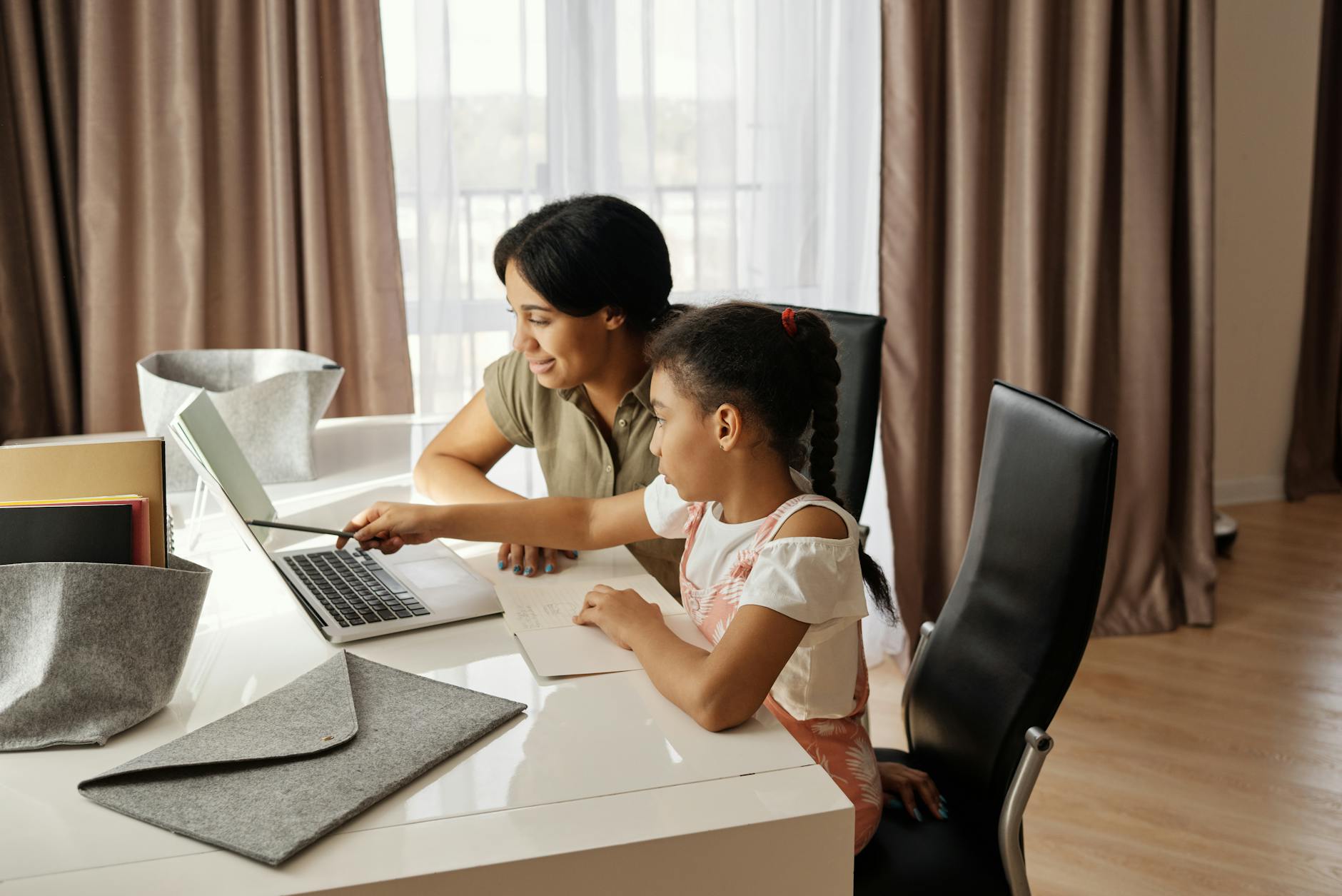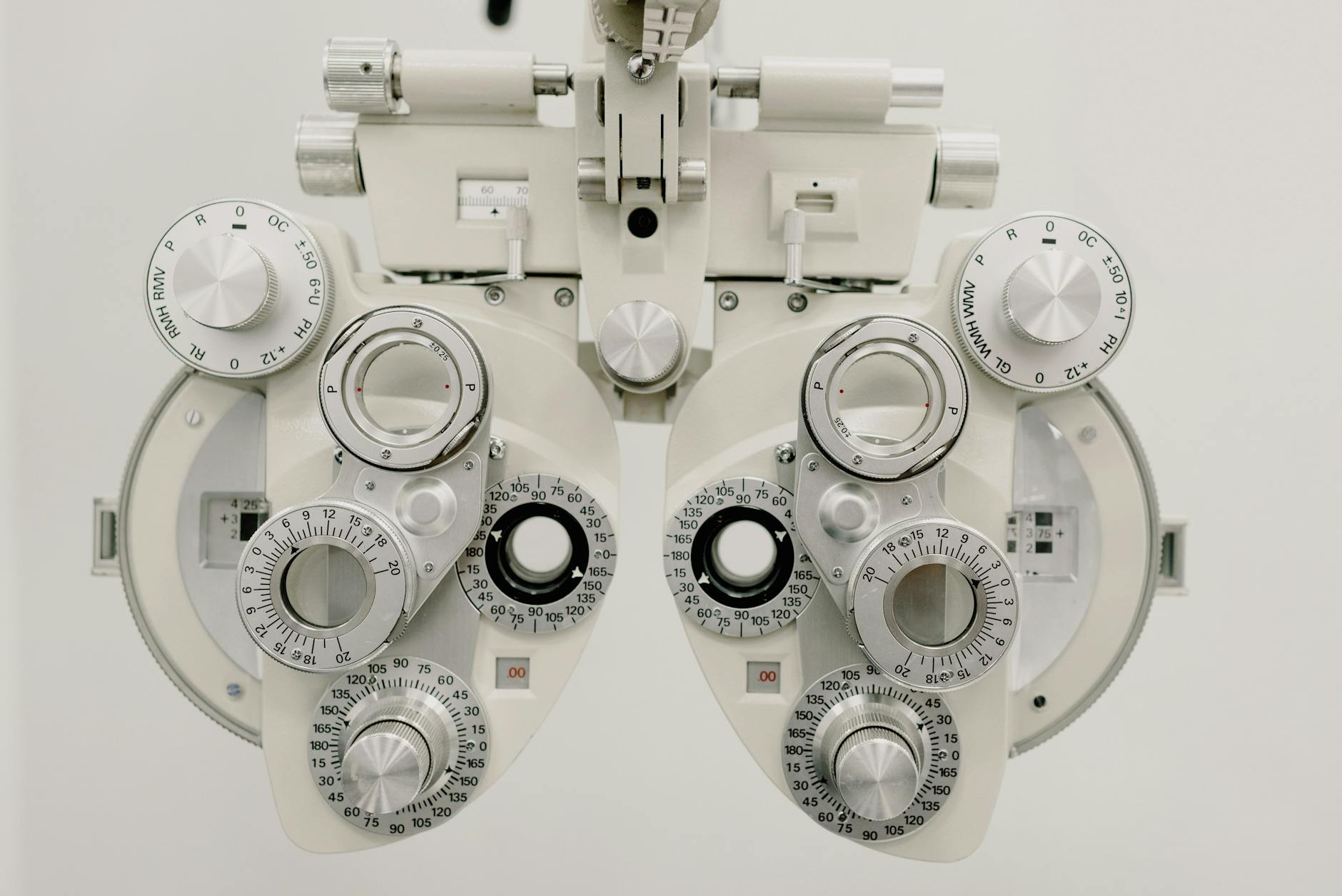What Makes Australia a Pioneer in Innovative STEM Education?

Australia's STEM Framework
The framework designed for STEM in Australia provides substantial support to educators, shaping a new generation of technologically adept students. As a technology-driven teacher in Melbourne, I've observed that national education policies strive to cultivate a robust STEM environment across schools. You can often find examples of this dynamic learning at places like the Melbourne Museum's Science and Life Gallery.
National Education Policies
Australia’s national education policies encourage the incorporation of evolving STEM fields in school curricula. This fosters teaching strategies directly related to practical applications, preparing students for real-world challenges. In practice, this means using equipment like data projectors and other technology to make lessons more interactive. Such tools are invaluable for delivering dynamic content that captivates students and sheds light on complex concepts.
Integration in School Curricula
Curricula are adapting quickly to include not just theoretical knowledge but also hands-on experiences. Utilising a recording microphone in classrooms can, for instance, encourage students to present and document experiments, enhancing their communication skills. Bringing technology like this into your lessons allows for more engagement and learning retention.
Role of Government Initiatives
Government initiatives further amplify these efforts by securing funds and resources necessary for schools to acquire technological tools. Such support encourages teachers to innovate in their teaching methods. Teachers, especially those in cities like Melbourne, are in a prime position to implement these changes and help students develop a love for STEM.
Innovative Teaching Methods
Emphasis on Active Learning
Incorporating active learning strategies can revolutionise the classroom experience, transforming passive students into engaged participants. My personal favourite involves integrating hands-on activities where students actively solve problems, engage in discussions, and apply concepts in real-world contexts. For instance, using a hearing loop can improve communication during peer-to-peer interactions, especially in bustling classroom environments. It's a technique that echoes the interactive exhibits at Melbourne Museum's Science and Life Gallery, enhancing not just content delivery but also participation.
Project-Based Learning Models
Project-Based Learning (PBL) is a fantastic approach that I use to foster critical thinking and collaboration among students. By working on projects, students can explore complex questions, solve problems, and develop deeper understanding. An excellent example is having students design a project that mimics the setup of a professional microphone system, similar to those used in the Victorian Space Science Education Centre. This real-world application not only reinforces curriculum concepts but also prepares students for technology-driven environments.
Collaboration with Industry Experts
Connecting with industry professionals can offer invaluable insights and practical experience. By organising workshops featuring guest speakers from local tech companies or Melbourne's vibrant STEM ecosystem, students gain exposure to real-world applications of their studies. Participating in STEM workshops at the State Library of Victoria has been instrumental in creating opportunities for students and professionals to engage, fostering an educational environment centered on evolving knowledge and practical teaching strategies.
Technology in Classrooms
Digital Tools for Engagement
Incorporating technology into the classroom introduces an exciting dimension to teaching, offering dynamic tools that can invigorate lessons and make learning more interactive. One such tool gaining traction is the induction loop, which enhances audibility for students with hearing impairments, ensuring everyone can fully participate. Engaging resources such as interactive whiteboards and digital tablets allow students to collaborate seamlessly, creating an environment that mirrors a bustling STEM workshop at the State Library of Victoria. This integration empowers students to engage directly with the content, enhancing understanding through practical application.
Virtual and Augmented Reality
Virtual and augmented reality technologies are redefining educational experiences, providing students with immersive learning environments that were once the stuff of science fiction. In Melbourne, educators are embracing these technologies similar to the interactive exhibits at Melbourne Museum's Science and Life Gallery. Students can explore intricate biological systems, witness historical events, or even navigate through space, all from the comfort of their classrooms. These cutting-edge tools help cultivate critical thinking and problem-solving skills, essential for today's STEM-focused education.
Online Platforms and Resources
Online platforms and educational resources have become indispensable teaching companions. They offer a wealth of knowledge that can facilitate differentiated instruction and accommodate diverse learning needs. Much like the informative sessions at the Victorian Space Science Education Centre, platforms such as Edmodo or Google Classroom provide a space for students to engage in discussions, access resources, and submit assignments. This online interaction supports continuous learning, allowing educators to track progress and tailor educational content to better suit individual student needs.
Global Collaborations and Partnerships
International Exchange Programs
In today's connected world, international exchange programs offer a crucial platform for augmenting STEM education in Australia. These initiatives not only broaden students' horizons but also provide educators with fresh perspectives and innovative teaching strategies. By collaborating with overseas institutions, Australian students and teachers can access a plethora of resources and experiences unavailable locally. These programs often include virtual exchanges as well, allowing for cross-border collaboration without the need for travel, thereby making it more accessible.
Partnerships with Research Institutions
Partnering with research institutions elevates educational experiences by integrating cutting-edge developments directly into the classroom. Institutions like the Victorian Space Science Education Centre in Melbourne play a pivotal role in facilitating real-world applications of theoretical concepts taught at schools. By engaging with such centres, students can perform experiments that align with current scientific discoveries, making education both exciting and relevant. These partnerships also often result in workshops and seminars that further equip teachers with the latest educational tools.
Involvement in Global STEM Projects
Participation in global STEM projects provides Australian students and educators with unique opportunities to contribute to worldwide scientific endeavours. By leveraging technologies like mesh radios, students can engage in real-time data collection and communication with international teams. This collaborative approach fosters a spirit of innovation and problem-solving, equipping students with skills necessary for future STEM careers, all while highlighting the importance of global cooperation in advancing science and technology.
Overcoming STEM Challenges
Nutritional Balance in Learning
To truly tackle the challenges in STEM education, we need to address the fundamental issue of maintaining a nutritional balance in learning—especially amid the dynamic teaching landscapes of Melbourne. Much like the exhibits in the Melbourne Museum's Science and Life Gallery, our educational experiences should be immersive and multifaceted. Ensuring students are mentally and physically equipped requires a structured approach, from incorporating basic science knowledge in meal planning to fostering an understanding of nutritional science as part of the curriculum.
Supporting Teachers through Technology
As educators, particularly in Melbourne’s vibrant STEM education scene, leveraging technology to support our roles can significantly enhance our impact. With resources like professional microphones for clear communication during virtual STEM workshops at the State Library of Victoria, or using digital platforms to access comprehensive educational material, we can create more interactive and informative sessions. I find that integrating cutting-edge tools into lesson plans encourages active participation and breaks down complex energy notes into more digestible formats.
Community Engagement and Real-World Application
At the Victorian Space Science Education Centre, the emphasis on community engagement drives home the need for real-world applications in our teaching strategies. By involving local industries and tapping into the wealth of knowledge they offer, we can provide students with tangible examples of STEM principles in action. Whether through industry-linked projects or exploratory sessions using digital tools, the goal is to demonstrate the relevance of STEM beyond the classroom, ensuring our students are not just ready for exams, but for their future careers as well.


